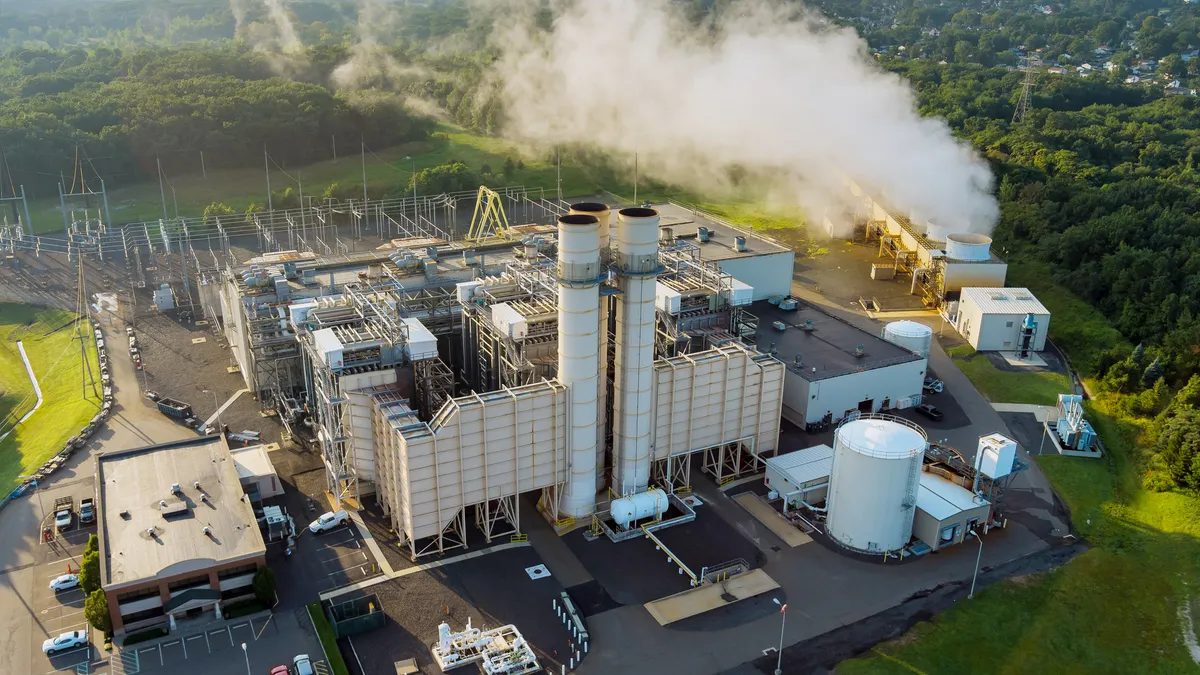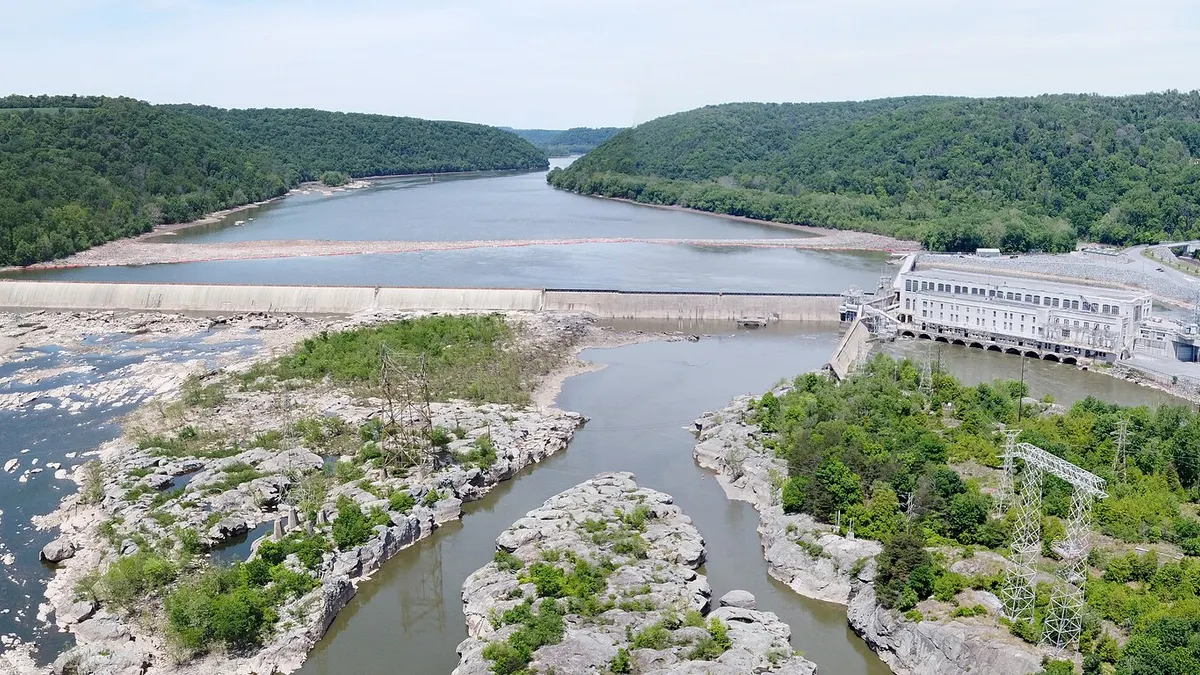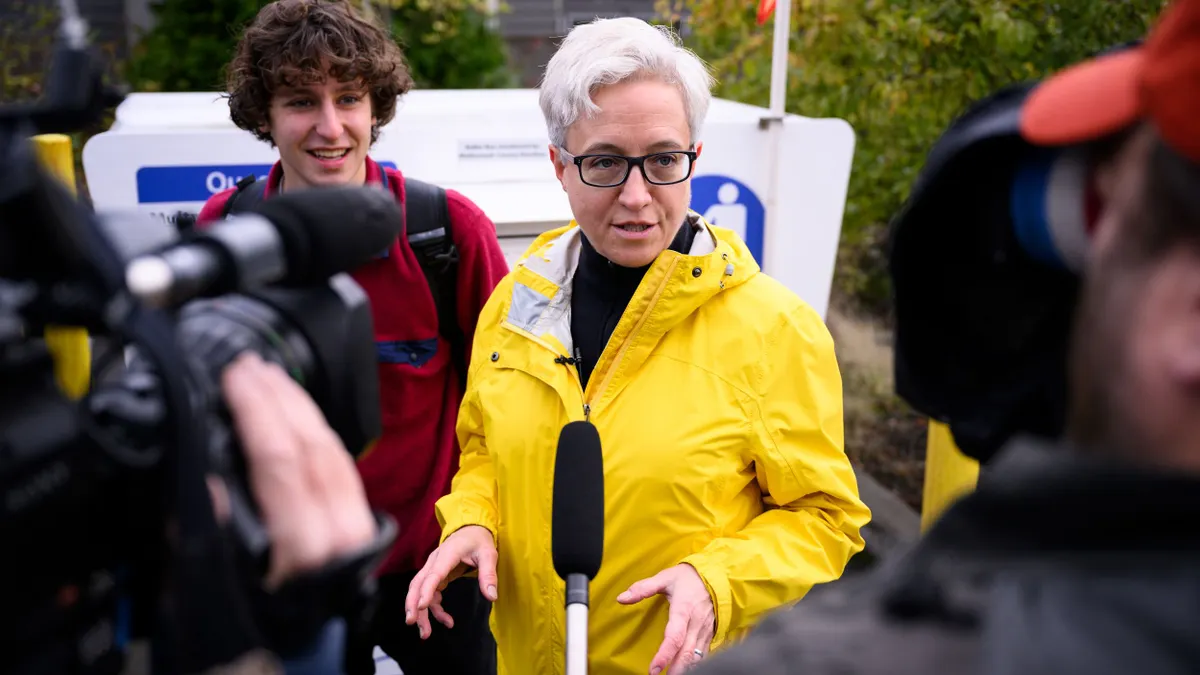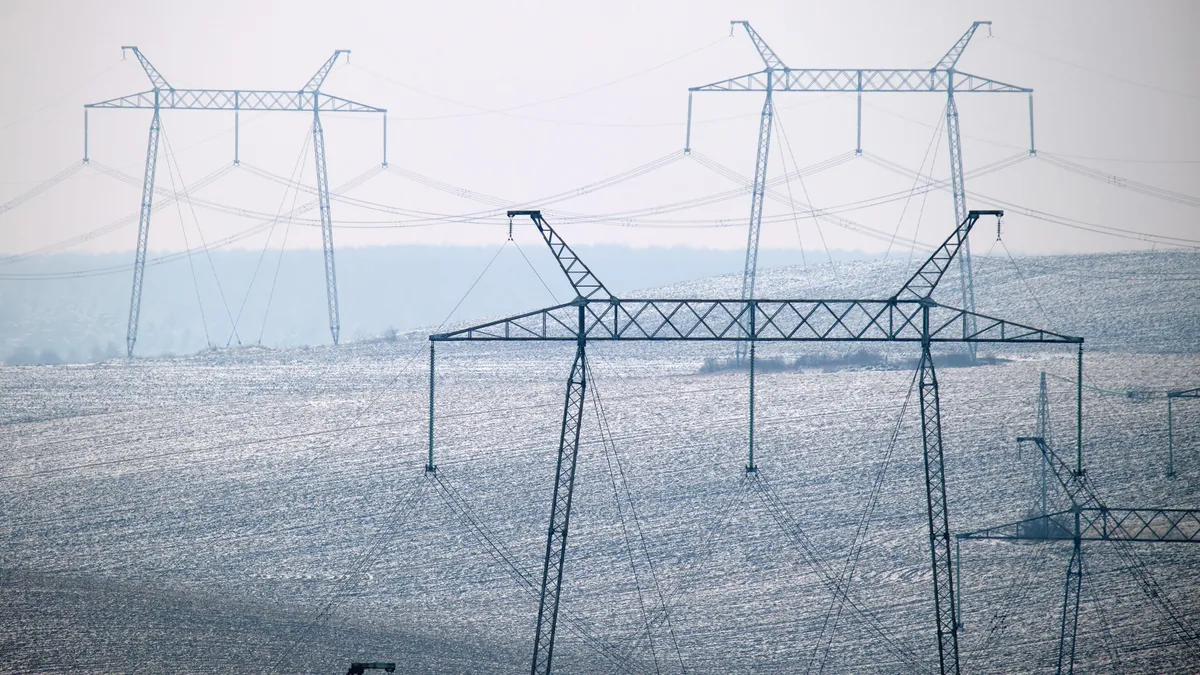Nuclear energy and other non-renewable resources can play a role in the Green New Deal, key backers of the environmental movement told reporters Thursday, but their contributions are likely to be short-lived in a rapidly decarbonizing economy.
A Congressional resolution on the proposal introduced by progressive Democrats that morning does not target specific generation technologies, said Sen. Ed Markey, D-Mass., a sponsor of the proposal. Instead, it aims to include all options to power the U.S. with "clean, renewable and zero-emission sources" within the next ten years.
"The resolution is silent on any individual technology which can move us toward a solution to this [climate change] problem," Markey said at a press conference on Capitol Hill. "There [are] no individual prescriptions in the resolution which is why we think we're going to be able to get a broad base of support, and then we'll let the debates begin on the individual solutions."
That sentiment differed from a fact sheet on the resolution circulated Thursday morning by the office of Markey's co-sponsor on the Green New Deal resolution, Rep. Alexandria Ocasio-Cortez, D-N.Y.
That document said a Green New Deal "would not include creating new nuclear plants," and said the movement's goal is to "transition off of nuclear and all fossil fuels as soon as possible" — potentially within a decade. It also criticized carbon capture and storage, which it said "to date has not proven effective."
The document caused outcry among energy researchers and centrist energy groups, who argue that retaining existing nuclear plants is essential to meeting near-term climate goals and that advanced nuclear technologies should be an option for future decarbonization.
Markey on Thursday sought to separate the fact sheet from the Congressional proposal he co-sponsored.
"I'm familiar with the fact sheet," he said when asked if he contributed to the document, "but it's separate from the resolution."
Ocasio-Cortez also backed off from positions in the fact sheet on Thursday, not mentioning nuclear energy explicitly during her comments. Instead, she endorsed the resolution's broad approach as a "first step" to "define the problem and define the scope of the solution."
"People say 'what about this or what about that?'" Ocasio-Cortez said of the resolution. "The answer isn't 'this is why it's not in here,' the answer is 'that's part of the solution.'"
The shift away from the fact sheet's nuclear language was welcomed by centrist policy groups like Third Way, which issued as statement praising the Green New Deal resolution despite "confusion" caused by the separate document.
"[T]he text of the actual resolution makes it abundantly clear — we must embrace every zero-carbon resource available to eliminate climate pollution and dramatically increase our investment in clean energy innovation," Josh Freed, vice president for clean energy at Third Way, said in a statement.
But while Green New Deal backers remain open to non-renewable resources in the short term, they were also clear they want to phase them out quickly. During her comments, Ocasio-Cortez also called for the U.S. to become a "global leader in transitioning to 100% renewable electricity," and Markey compared federal support for nuclear power to socialism in remarks after the press conference.
"The federal government subsidies of nuclear power is the single most socialistic program we have, and I'm tired of having socialism guiding [us]," Markey said. "We're not China, we're not France, where the government operates these plants and subsidizes them, and even with the [U.S.] government providing the subsidies they still cant compete against wind and solar in the marketplace today."
Citing Georgia Power's long-delayed Vogtle nuclear plant expansion, Markey said new nuclear resources are unlikely to contribute to the long term decarbonization of the grid.
"The only way they're able to build nuclear power plants in Georgia is with a federal taxpayer loan guarantee," he said. "They're attempting to build two nuclear power plants down there and now it's up to $27 billion to build 2,000 MW of electricity. If you took $27 billion and put it into solar or wind you'd produce 5,000 to 10,000 MW. So to a large extent nuclear has met its maker in the marketplace."
Markey declined to comment on the treatment of existing nuclear plants under the Green New Deal, reiterating that individual technologies are "not part of the resolution." But some of the activists who support the movement say retaining existing plants — many of which are threatened by retirement — is necessary until they can be replaced with zero-carbon resources.
"Our goal is to get to 100% renewable energy, so we don't see a pathway forward for bringing dozens of nuclear plants online," said Varshini Prakash, communications director for the Sunrise Movement, a youth climate organization pushing the Green New Deal. "But if a nuclear plant is currently operating and shutting it down would replace it with fossil fuels, we don't see that as a pathway forward either and it would be preferable to keep it online and make massive investments in renewable energy around it."
Green New Deal backers expressed similar skepticism toward a price on carbon and other market-based climate policies. The resolution calls for the federal government to "account for the complete environmental and social costs and impacts of emissions," but does not mention a specific policy.
"The resolution deals with principles. We don't deal with any individual approach that would be taken," Markey said when asked about a price on carbon. "That's for the debate now to open up wide so we can find the smartest ways of going, but to make sure any takes are also fair to real people. A lot of times that was not a consideration and the poor paid the most."
Prakash, whose movement has worked closely with the legislative sponsors, said some market-based policies could be part of a Green New Deal mobilization, but they likely won't be a centerpiece of the movement.
"I think it is essential to make polluters pay for the toxins and pollutants that are hurting people's lives and ensure that those costs are not borne by the middle class and working families," she said. "It's not the silver bullet and it's not the full picture and what we're talking about is of much greater magnitude."
Even with the fact sheet issue behind them, backers say debates over the best technologies and policies to deliver on the Green New Deal's ambitious targets will continue.
"This is the first time that we've ever done something like this, so I'm sure those conversations will continue," Prakash said. "I'm excited to engage in them and excited to hash it out with people in the movement but at the same time I think we can collectively agree this is the greatest step forward to be taken on climate action in the last decade."
This post has been updated.





















